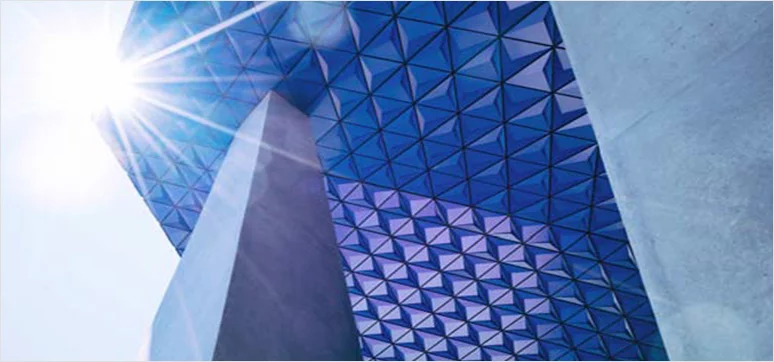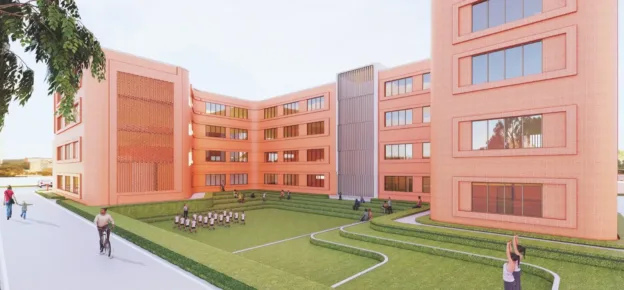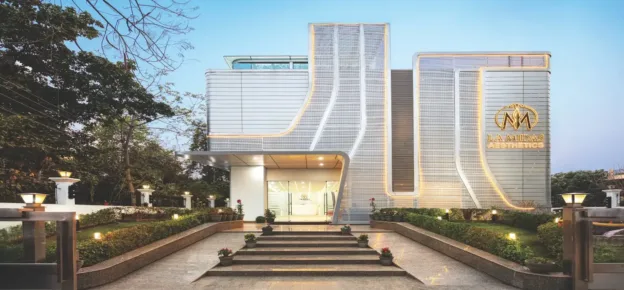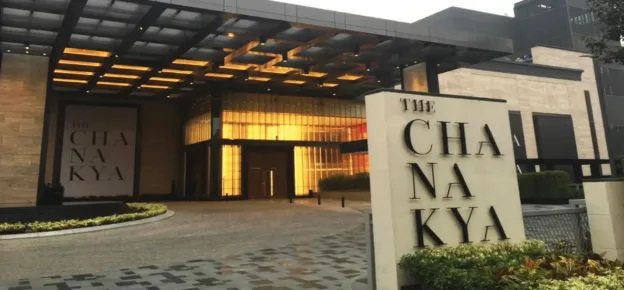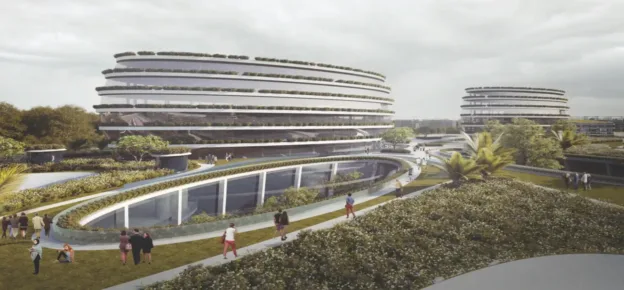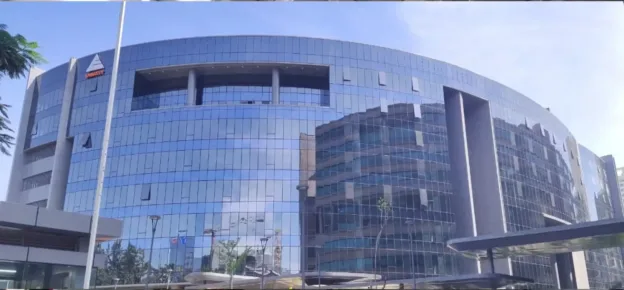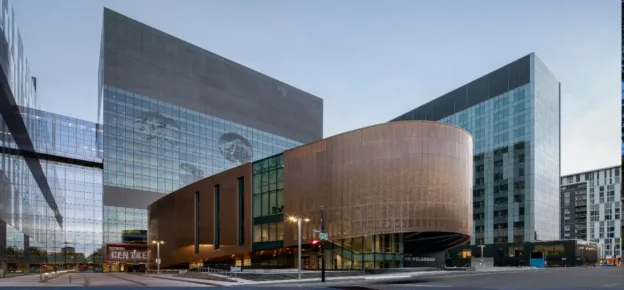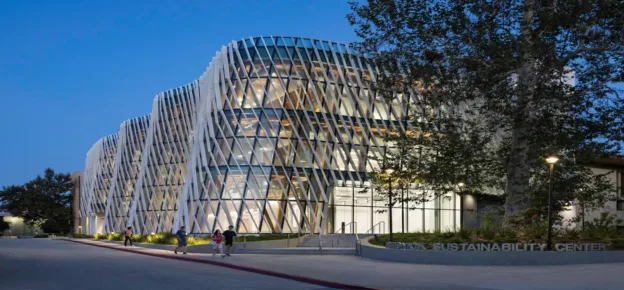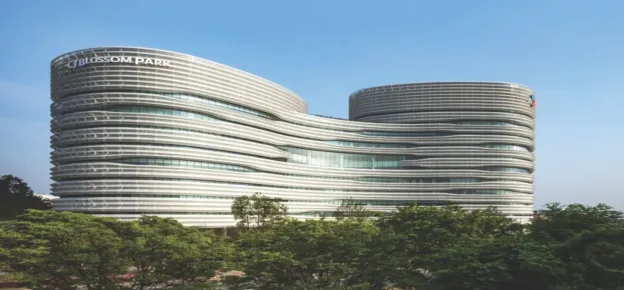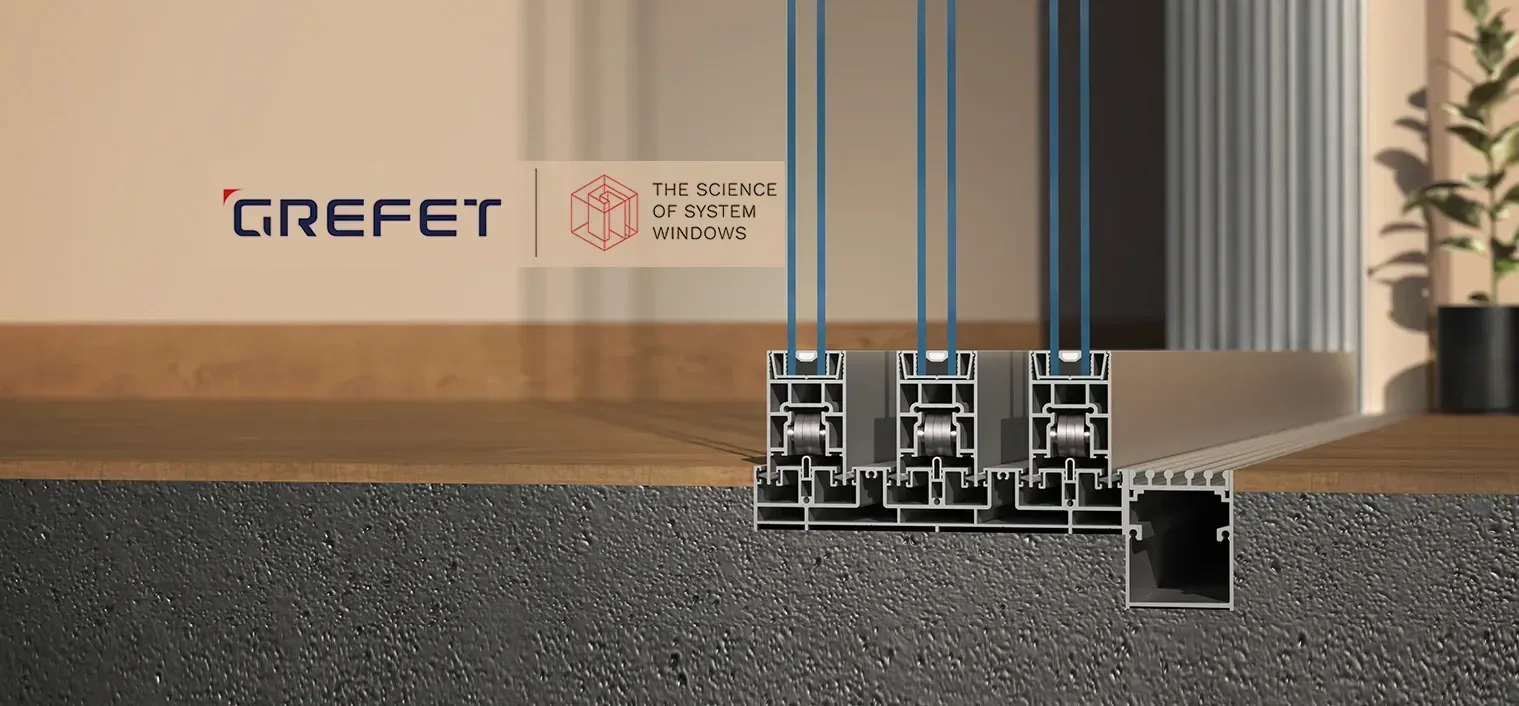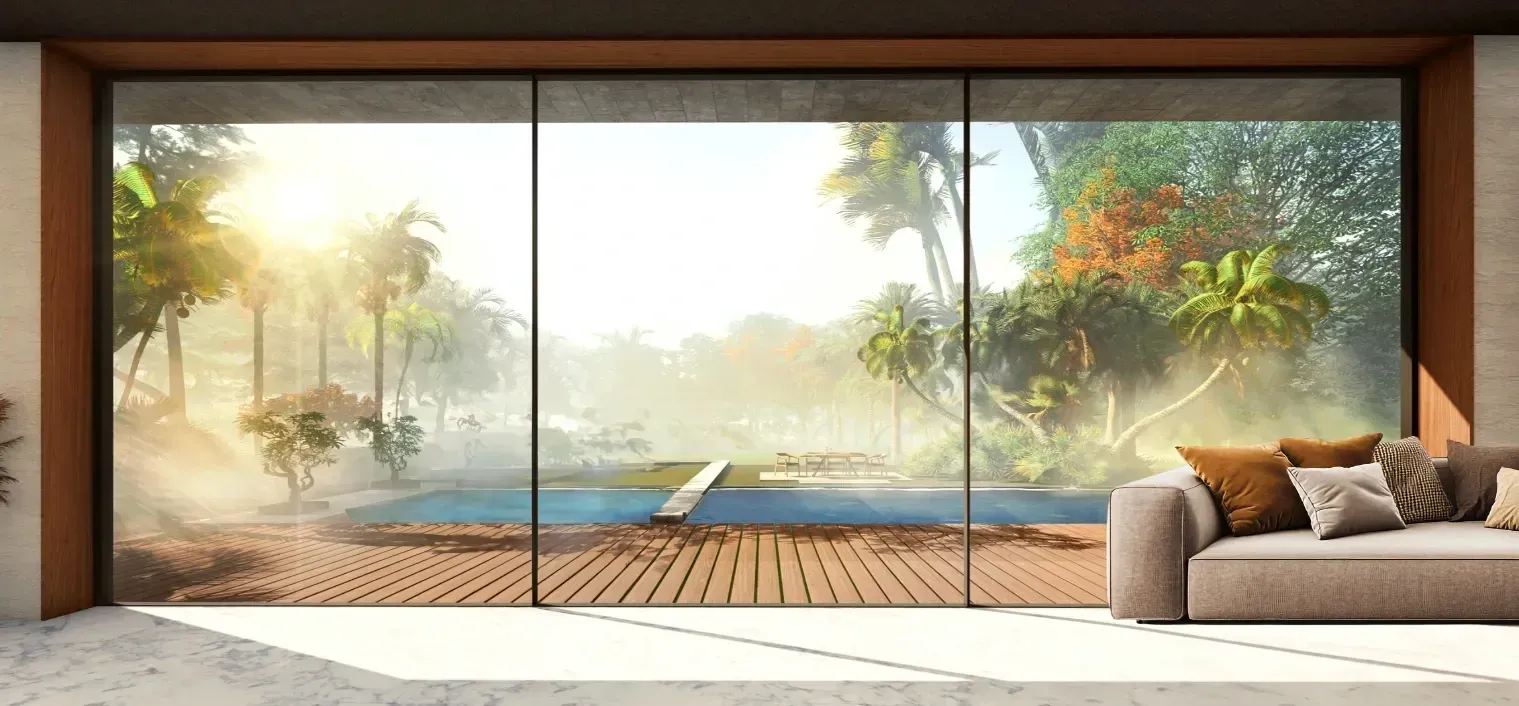Modern architecture is influenced heavily by commitment towards beautifully designed exteriors and sustainability of the design. Energy consumption in the building sector has grown tremendously over the decade but the pledge to conserve energy along with retaining the aesthetics of the design is gaining momentum. It is a common assumption that sustainable building design is only connected with sourcing energy through renewable sources. But, the concept of sustainability goes beyond just renewable energy. In short, sustainable building design is calibrated to interact efficiently with the environment. The skin of the building, which includes the roof and façade, does most of this interaction with the environment. A normal façade or building envelope is used only as a physical separator between the interior and the exterior environments and acts like an outer shell of the building. Smart Facades on the other hand, are way ahead of conventional façade , in terms of their capabilities and performance.
India, being in the tropical part of world, the overall climate is hot throughout the year. It becomes a challenge in large building complexes located in harsh climatic environments to keep the building cool and comfortable for its occupants. Cooling systems are the “go to” solution to compensate the heat ingress So, let’s get to know about energy conscious façade design, which makes façades more efficient and able to provide tangible energy saving solutions, rather than just act as the external envelope for the building. By definition, an energy conscious façade bestows complacent indoor conditions for the occupants, irrespective of the external conditions, with the support of building technologies in a particular building.
Based on the external environment and the comfort requirement of the occupants inside the building, different technologies are used within the façades to make them more productive and sustainable over a period of time. For the tropical climate environment such as India, the energy conscious façades provide maximum benefit to developers and occupants.
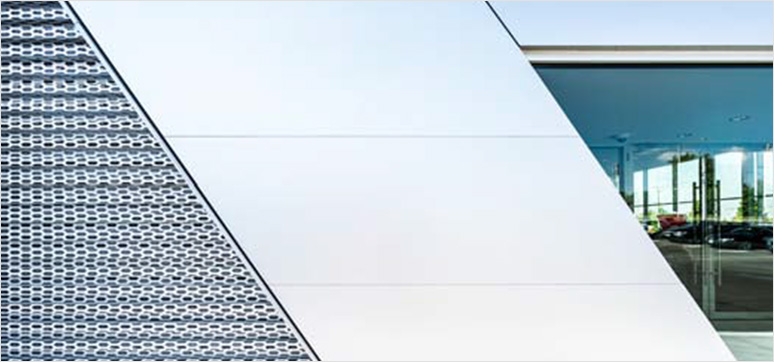
Energy Conscious Façades
The price for not paying attention to the design of the façades in relation to the energy conservation of the building is felt across many manufacturing and commercial built environments and now there is a lot of attention to get the façade design right. Energy conscious façade design not only acts as the envelope of the building, but they enhance the rigidity, strength, cohesion and endurance along with heat insulation, and resistance to fire. Thus, it directly contributes to energy performance of the building.
With the latest advancements in technologies pertaining to simulation techniques, envelope design and materials, the drive to make the envelope more sustainable and energy efficient is becoming a necessity in high performance built environment.
The demand for iconic building structures, along with energy efficient capabilities, puts pressure on the architects and structural engineers to come up with innovative façades designs that can satisfy both the requirements. With energy conscious façade design, significant part of energy utilization from mechanical ventilation, lighting and appliances, can be sustainably reduced.

Right from the start of the schematic design stage, form and orientation analysis will enable the architects to determine the right massing. Direct sunlight is not a popular preference in any occupied space, but complete day light block is worse. Hence, during the design of the project, by assessing the layout and façade through simulations, green consultant can assist the architects to harness diffused day lighting and eliminate glare. Through the daylighting analysis, façades can be designed strategically, which could reduce the building energy consumption and improve occupant comfort.
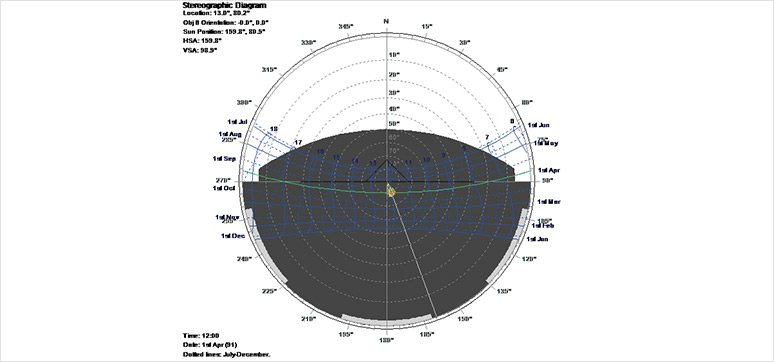 Shading analysis provides a holistic view of the solar azimuth across the year. During the design phase, it enables the architects to provide proper shading facilities to achieve the required shading of the project. Analytically designed shades through stereographic diagrams, are then merged into the façade design by architects to create a visually appealing façade.
Shading analysis provides a holistic view of the solar azimuth across the year. During the design phase, it enables the architects to provide proper shading facilities to achieve the required shading of the project. Analytically designed shades through stereographic diagrams, are then merged into the façade design by architects to create a visually appealing façade.
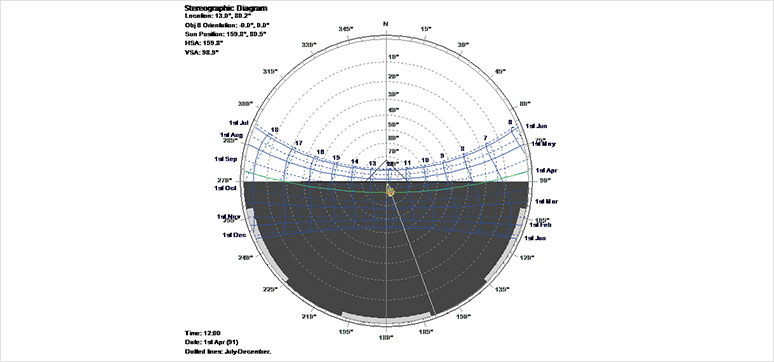
Envelope analysis and selection of material to reduce heat ingress is a must for energy conscious façades. This has a two-fold benefit: reduce air-conditioning energy consumption as well as improve thermal comfort by reducing the radiant temperature. With envelope analysis, it is possible to measure the performance of a façade and thereafter work out design strategies and materials selections to reduce the same. From a conventional measure of 3-4 W/Sq ft, it is possible to improve the façade performance to <2W/Sq ft, a reduction of almost 50%.
To know better on energy conscious façade design, the case study on Torrent Pharmaceuticals Ltd – Dahej Plant illustrates the analysis and impact of such facade in the built environment.
Case Study Torrent Parmaceuticals Ltd – Dahej Plant
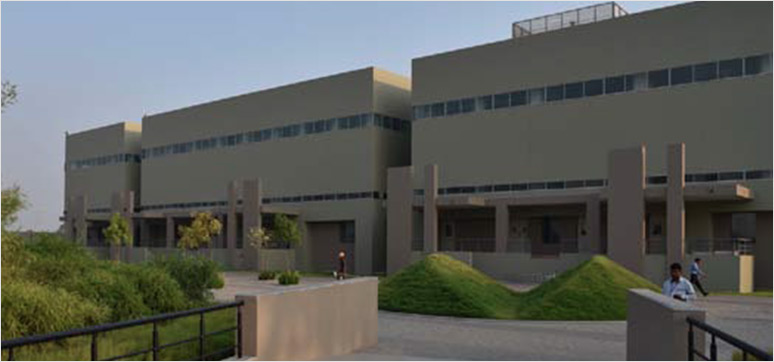
Torrent Pharmaceuticals Ltd – Dahej SEZ (TPD), situated near Bharuch, Gujarat, is a massive pharmaceutical manufacturing plant which has a built area of more than 97,000 Sq.m, which is spread across a land of 70 acres. The requirement for manufacturing units in the pharmaceutical industry is unique from other sectors due to the sensitivity of the processing to the external environment. Façade design that is able to withstand the harshness of the outer environment and also provide a comfortable

working environment for the employees and requirements of stringent pharma production within the unit is a challenge. At Conserve, we took this as a challenge and wanted to incorporate façade techniques that are resistant to external climatic condition and provide comfortable indoor environment, well within the constraints of the pharmaceutical industry stipulations.
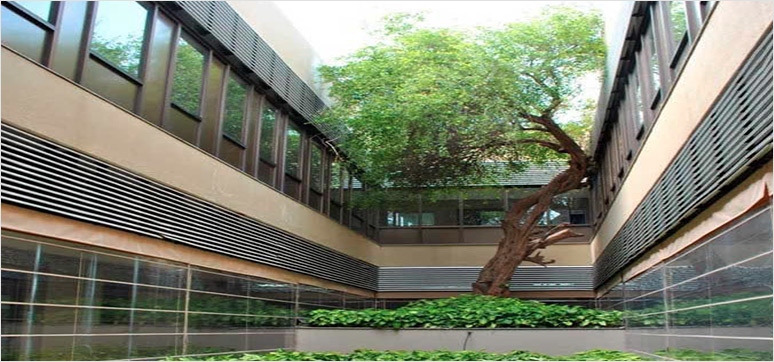
It all began with mapping the climate of the unit location (Bharuch, Gujarat) over the years and analyze the change in the temperate from high to low and the frequency of such change. Being directly located below the tropic of cancer, the climate in Bharuch is tropical hot through out the year and façade design that is able to maintain optimum indoor temperature was proposed.
Initial analysis, such as sun path & solar insolation, were done to identify the external factors of the unit and to get a concept design understanding of the envelope. Shading analysis were further performed on the model to determine the impact of solar radiation and their impact on the occupant’s comfort. By evaluating the heat balance of the unit, it was confirmed that more than 20% of heat ingress enters through the envelope, being a horizontally laid out building.
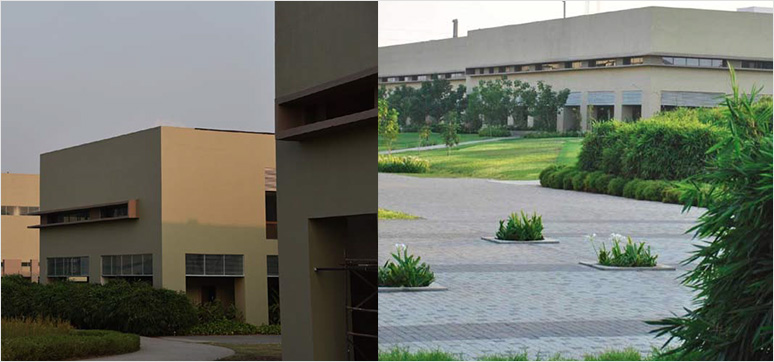
There was no substitute for natural lighting, which has been proved to improve workers’ productivity. Hence, an optimum window wall ratio and the right glazing selection was required. Along with the architect, multiple design options were simulated to create a façade design to allow only diffused daylight inside the unit. We achieved this by strategically designed finishes which are placed at cardinal locations to achieve diffused sunlight to a comfortable level and also reduce the heat ingress associated to solar radiation.
Through shading analysis, we were able to decide on the orientation of the fins to achieve adequate shading throughout the year. This subsequently reduced the solar radiation and the cooling load of the entire unit was reduced to a considerable level. It also enabled us to cut down the sun glare in the unit.
The reduction in heat ingress lead to a savings of 1.9 million kW per annum, achieved mainly due to the energy conscious façade techniques by the consultants at Conserve. Energy savings through reduced air conditioning system for the factory ranges up to Rs.2.7 million per year (Industrial electricity cost per unit is Rs.7). These figures across the life cycle of the building of at least 50 years are indeed, astonishing.
QUICK FACTS
Project: Torrent Pharmaceuticals Ltd – Dahej SEZ
Location: Bharuch, Gujarat
Client : Torrent Pharmaceuticals Architect: Aniket Bhagwat, M/s. Prabhakar B. Bhagwat
Sustainability Consultants: Conserve Consultants Pvt Ltd
Commencement Date: 2011
Completion Date: 2016
